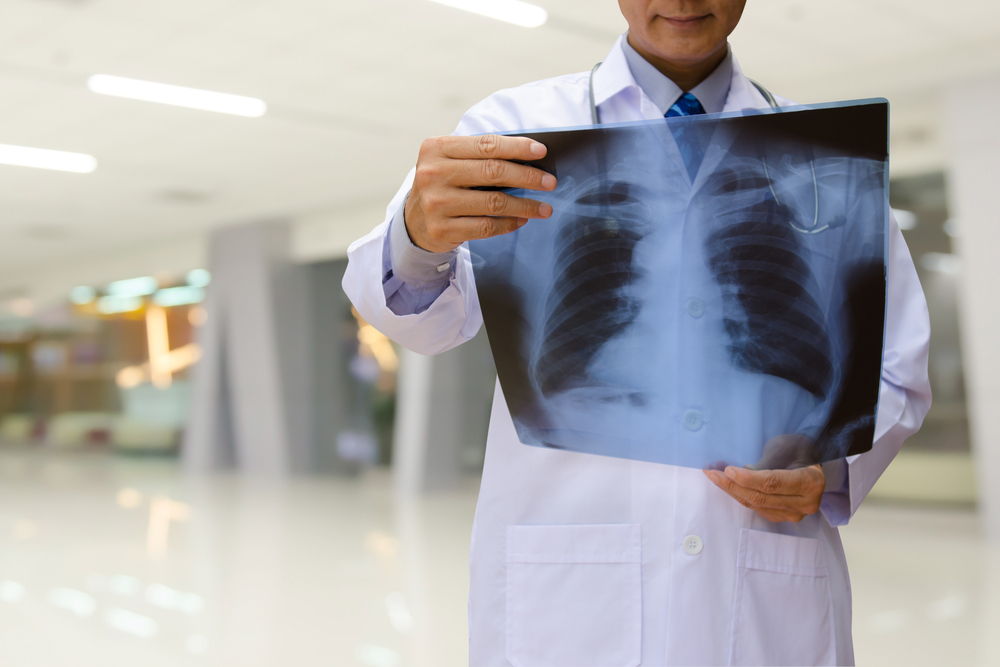EDS Patients Can Experience Spontaneous Diaphragmatic Rupture, Case Study Says

Patients with Ehlers-Danlos syndrome (EDS) with abnormally rapid breathing and pain may be experiencing a diaphragmatic rupture, a situation that requires prompt surgical intervention, according to a new case report.
The study, “Spontaneous Diaphragmatic Rupture in Hypermobile Type Ehlers-Danlos Syndrome,” published in the journal Case Reports in Surgery, reports the case of a 27-year-old woman with EDS type III who arrived at the medical center with a four-day history of left chest and upper quadrant abdominal pain.
EDS type III, or hypermobile EDS, is characterized primarily by joint hypermobility (a condition where joints easily move beyond the normal range) with mild to moderate skin manifestations.
The patient was initially treated for pneumonia, but upon conducting a thoracic (lung) CT scan, physicians discovered a diaphragmatic rupture with splenic herniation.
Diaphragmatic rupture is a tear in the diaphragm, the muscle across the bottom of the ribcage that plays a crucial role in breathing. The diaphragm also separates the heart and lungs from the abdominal organs. An immediate surgery is required to solve this condition.
A hernia refers to an organ (in this case, the spleen) that pushes through an opening in the muscle or tissue that holds it in place (in this case, the diaphragm).
The patient was in severe pain, and had an abnormally high heart rate and rapid breathing, along with worsening shortness of breath. She was submitted to surgery to reduce the hernia and repair the defect in diaphragmatic defect.
The surgery was successfully performed and the rupture closed with eight nonabsorbable sutures.
Acquired diaphragmatic rupture usually results from physical trauma. But the diaphragmatic rupture in this patient was likely caused by “a combination of preexisting weakness associated with her EDS and sudden increase in intra-abdominal pressure due to coughing” as a result of the pneumonia, the researchers suggested.
The patient underwent an uneventful recovery after surgery with gradual reduction in pain, and was discharged six days after the operation.
“While this is one of only a handful of cases presented worldwide, it is also the first ever reported case of spontaneous diaphragmatic rupture in patient with EDS type III,” the team wrote.
“It is important to include diaphragmatic rupture in the differential diagnosis for patients with connective tissue disease and acute onset tachypnea [abnormally rapid breathing] and pain, as this complication has the potential for significant morbidity without prompt surgical intervention,” the researchers emphasized.





